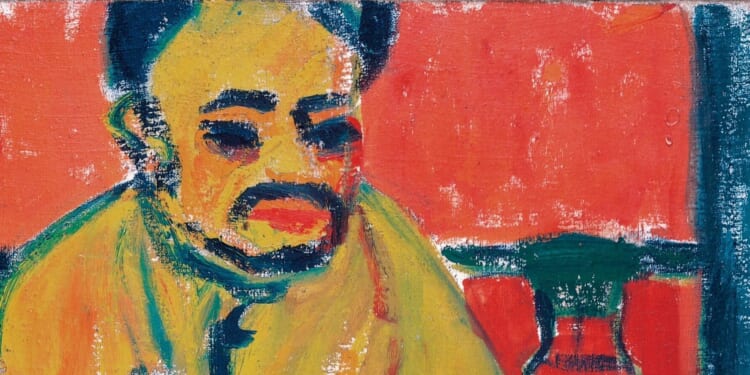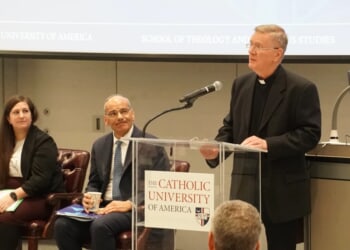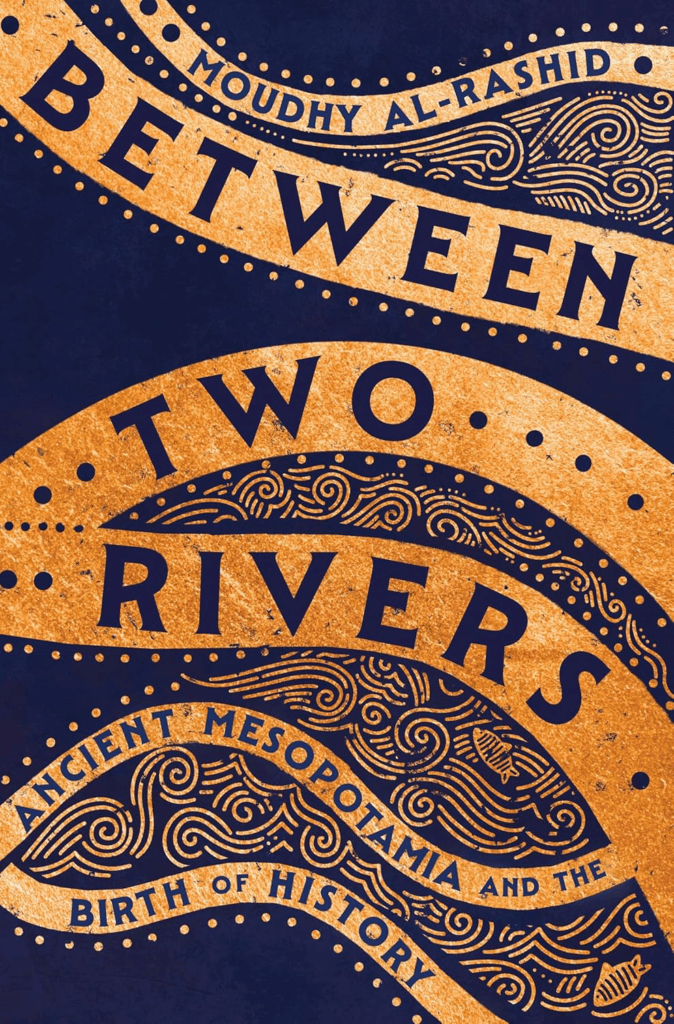
Between Two Rivers: Ancient Mesopotamia and the Birth of History, by Moudhy Al-Rashid (W. W. Norton): It may be that the “father of history,” Herodotus, was the first to conduct a sustained and critical “inquiry” (Greek historia) into the past. But man has always been interested in himself, and chronicling the past has been a feature of civilization almost from the beginning. In Between Two Rivers: Ancient Mesopotamia and the Birth of History, the historian and linguist Moudhy Al-Rashid uses the development of the written word in that cradle of civilization to explore how ancient humanity recorded and understood its own practices and traditions. From religion and royalty to science, education, and commerce, there was no aspect of society that writing failed to shape. —RE
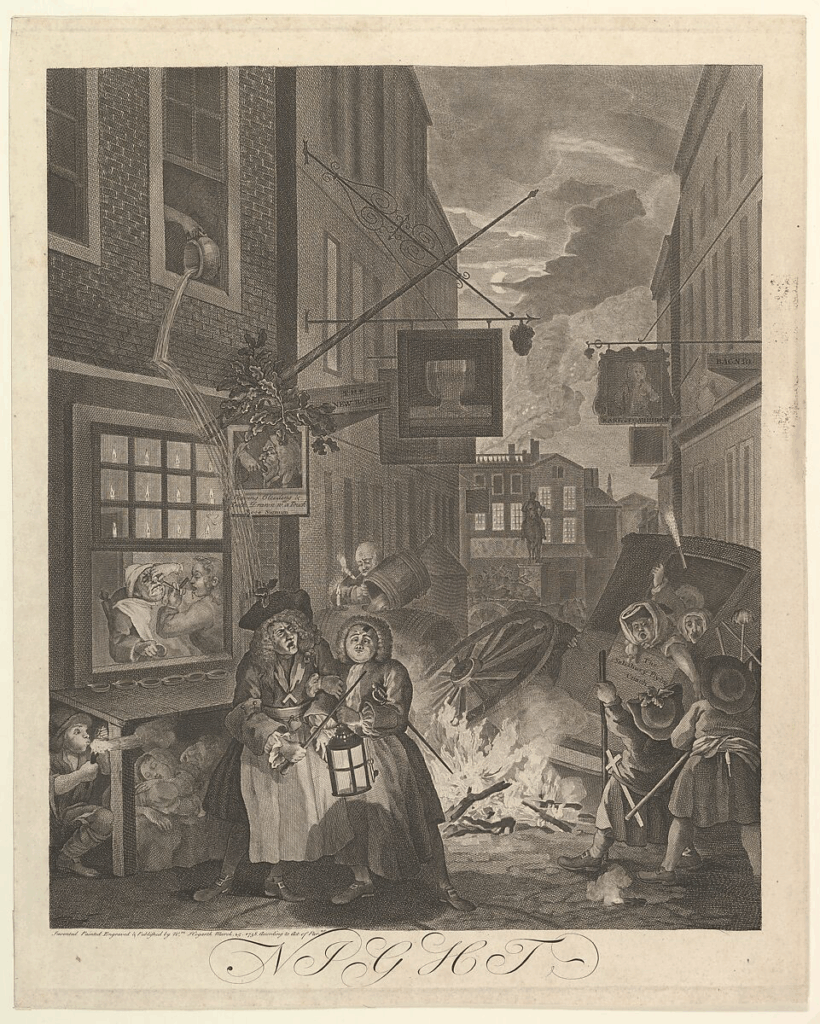
“Squalor City: William Hogarth’s London,” at the Pruzan Art Center at Wesleyan University, Middletown, Connecticut (through December 13): The omnipresent smell of rotting garbage in New York may lead some of us to believe this is the grimmest of all possible towns, but a survey of William Hogarth’s prints depicting eighteenth-century London shows that things could always be worse. With a cutting eye, Hogarth brought his times to life on the sheet. Its dirty streets, filled with drunks, thieves, and other creatures of the night, still color our picture of Georgian London. “Squalor City: William Hogarth’s London” brings together prints from Hogarth’s famous series and elsewhere at the Pruzan Art Center at Wesleyan University. —BR
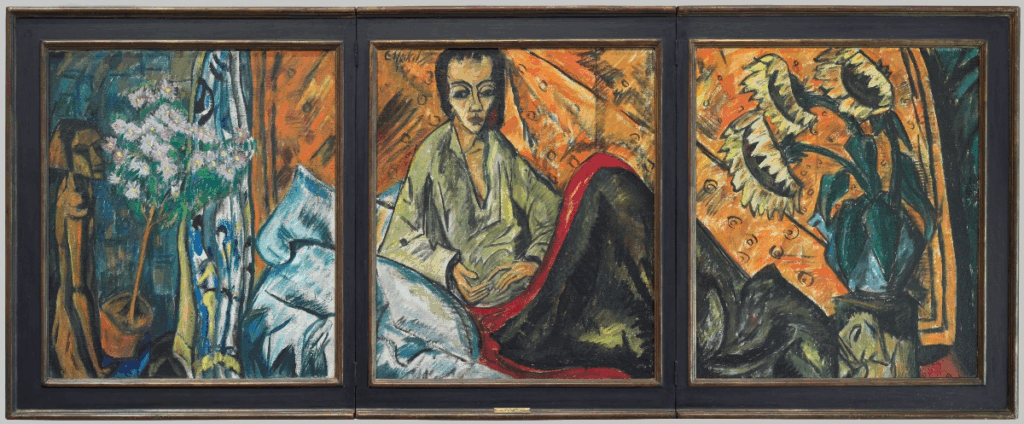
“Erich Heckel,” at the Neue Galerie (through January 12, 2026): In 1905 four young architecture students in Dresden founded the artists’ group Die Brücke (The Bridge) as the German answer to the French Fauves. The group’s first exhibition in 1907, organized by Erich Heckel (1883–1970), marked the rise of Expressionism in Europe. Although long overshadowed by the group’s archetypal “degenerate” artist Ernst Ludwig Kirchner, Heckel is now getting some much-deserved attention at the Neue Galerie, where forty of his early works, dating from 1905 to 1920, are on display. In addition to his vibrant paintings, the Neue is exhibiting a small selection of Heckel’s hundreds of woodcuts; these are essential to understanding the mission of Die Brücke, which sought to build a bridge between the old German tradition of art represented by Dürer and Cranach and the realities of modern life. —AG
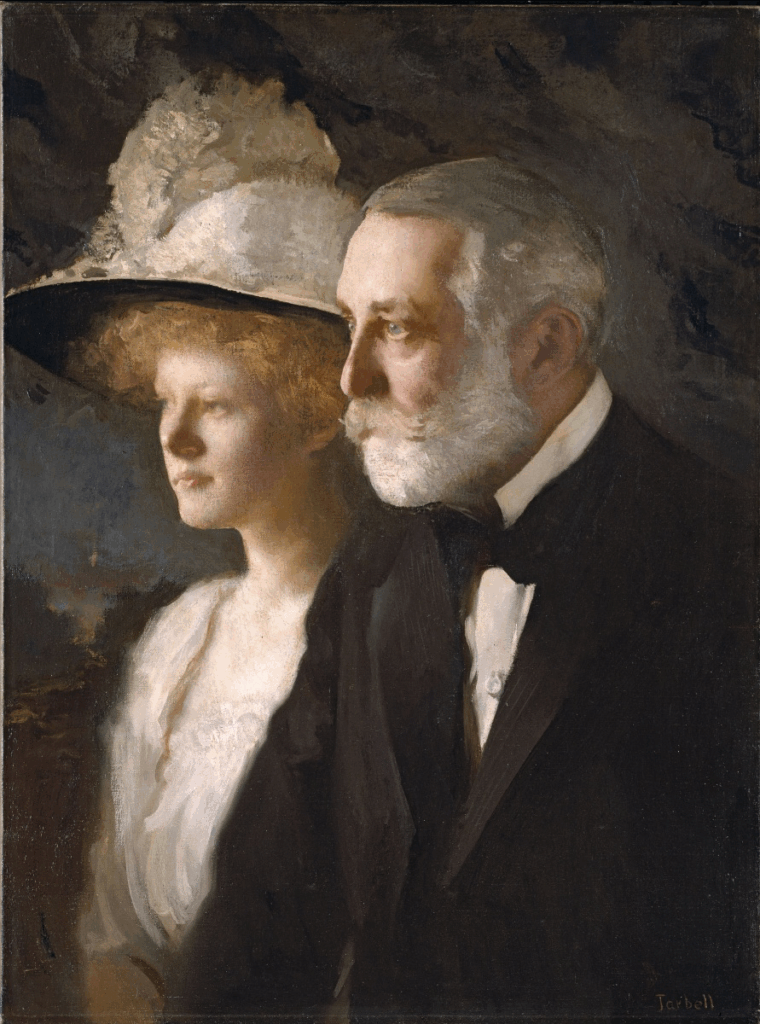
“Mansion to Museum,” delivered by Ian Wardropper at the Frick Collection (October 24): The great achievement of the latest renovation of the Frick Collection is the public opening, for the first time, of the mansion’s domestic second floor. As the director of the Frick for fourteen years, from 2011 through 2025, and now director emeritus, Ian Wardropper oversaw this transformation through a broader understanding of the Frick family’s history of domestic design. From Pittsburgh to New York and places in between, Wardropper documented this legacy in his monograph The Fricks Collect: An American Family and the Evolution of Taste in the Gilded Age, from which an essay was adapted for publication in the March 2025 issue of The New Criterion. This Friday at 6 p.m., Wardropper returns to the Frick for “Mansion to Museum,” a lecture on the role of Henry Clay Frick’s houses in the development of the family’s art collection—along with a celebration of this director’s own museum homecoming. While there, be sure to see “To the Holy Sepulcher,” the Frick’s special exhibition of treasures from the Terra Sancta Museum, which I write about in the forthcoming November issue of The New Criterion. —JP
Dispatch:
“Sweet dreams,” by David Platzer. On “The Empire of Sleep,” at the Musée Marmottan-Monet, Paris.
From the Archives:
“Accented vernacular,” by Brooke Allen (October 1997). On The Complete Stories, by Bernard Malamud.

